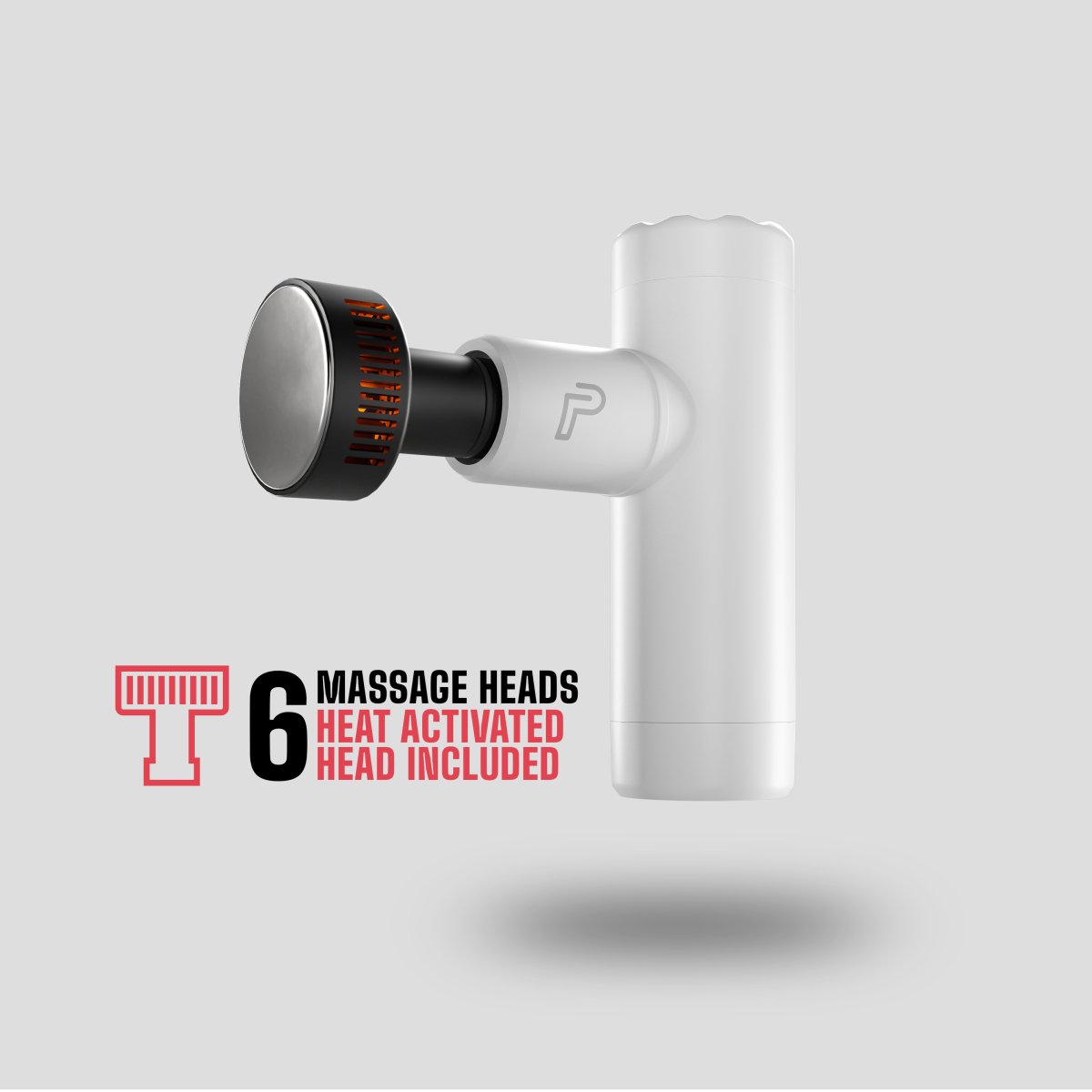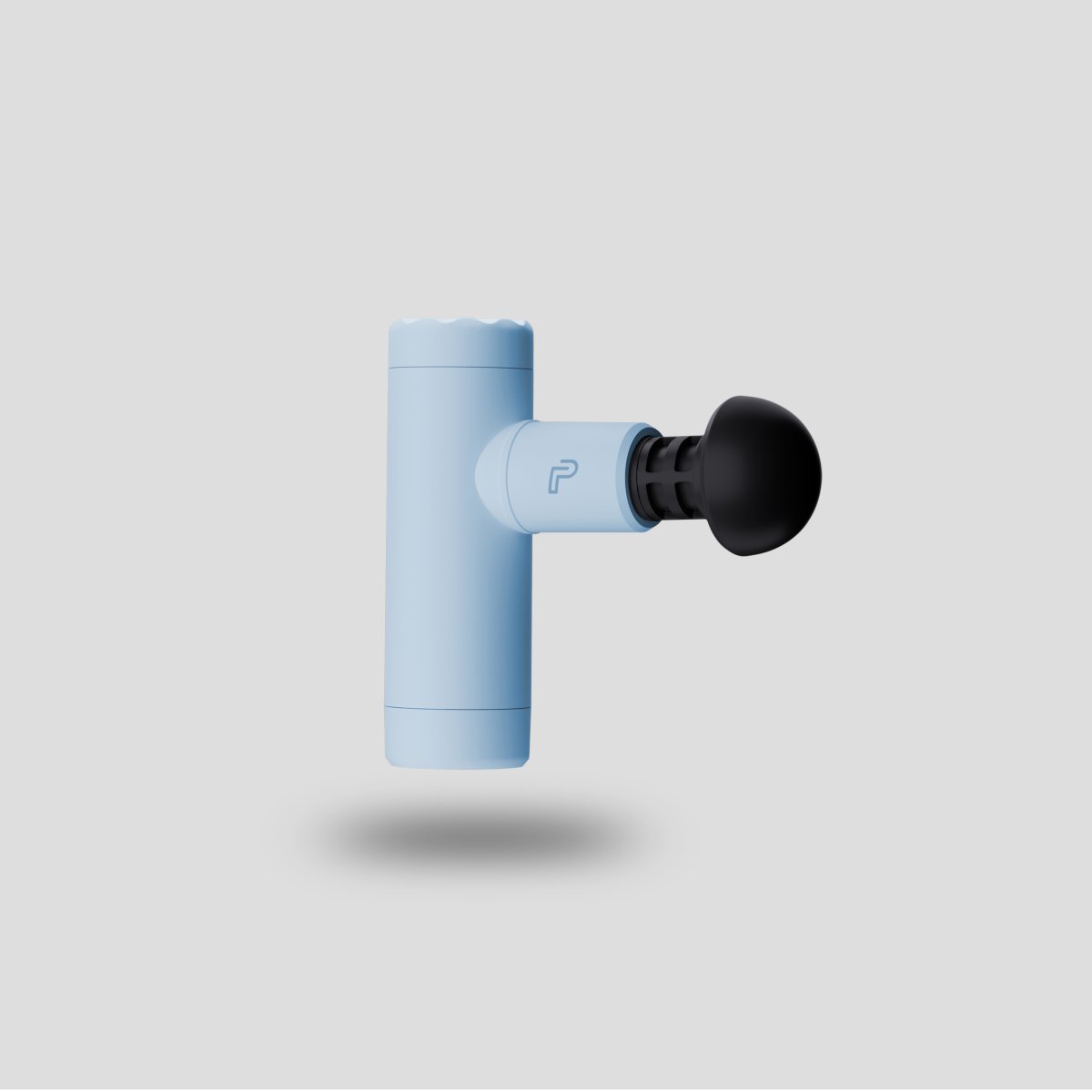Building a workout routine can seem like a mammoth task but it is essential for your journey when starting to workout as it could be the best thing for your health.
There are so many variables to take into account such as your body, goals, schedule, lifestyle, and overall preferences. So where should you start? Perhaps you’re wondering what body parts to work on what days?
If so, follow our ultimate guide to establishing a workout routine for the best tips and tricks.
Understand your own fitness level

In order to create a workout routine, you first need to know exactly what your body is capable of. If you’re not a strong runner then scheduling a 10 mile run into your routine isn’t going to be beneficial.
To get an idea of your fitness levels, you can do a few easy tests:
- Check your standing heart rate and compare this to just after a long walk
- Make a note of how many reps of a particular exercise you can do
- Record how long it takes to run or walk a mile
- Measure your BMI.
Design your routine
Think about what you want to achieve and what you can do to achieve it. Establish your personal goals and design a routine to work towards these. Design your routine to fit around your personal life.
If training 5 days a week works for you then that’s great, but 3 days a week is also beneficial to see results. Aim for at least 150 minutes of aerobic activity a week.
For strength training, this should be done at least twice a week for each major muscle group to see results. For example, you could integrate 12 - 15 reps of each exercise on a heavy weight into your routine.
In terms of specific workout days, what body parts to work on what days is completely up to you. There is no one-size-fits-all, but typically leave at least two days between working on the same muscle group to avoid overdoing it and damaging your muscles. Start slow and work your way up. Don’t go into a new routine too hard as this could result in injury. Pace yourself and gradually build up the weight, reps, or distance when you’re ready.
It is also important to plan different activities to avoid getting bored. Some people prefer to have a set routine every week but perhaps you could change it up a bit and try new things every now and then to keep it interesting. Try fitting in workout classes or trying a new exercise.
Remember to monitor your progress to keep yourself on track!
Don’t forget muscle recovery

Make sure you schedule rest days into your routine to allow for your body to recover properly. This is the time in which your body adapts and becomes stronger, which is an essential part of any exercise routine.
You could also use muscle recovery equipment post-workout to help ease any soreness and prevent future injury. The best kind of muscle recovery equipment is the kind that allows you to target different specific muscle groups, such as a massage gun and foam roller.
Recovery tools can also be used before exercise and on rest days to help improve blood flow and keep the muscles flexible. It is advised that you use these tools regularly in order to see the best results. Here are our essential steps to rest and recovery.













